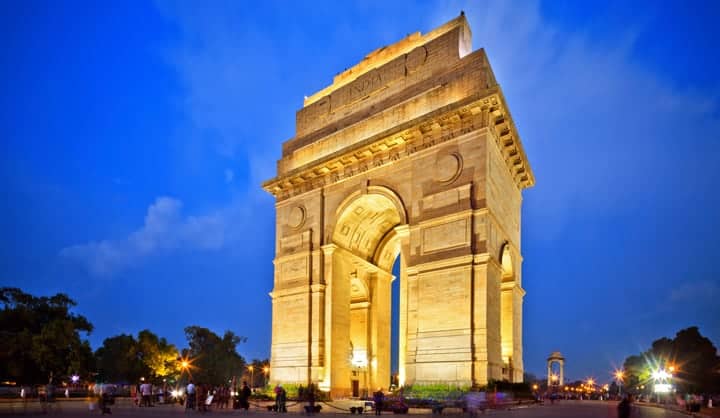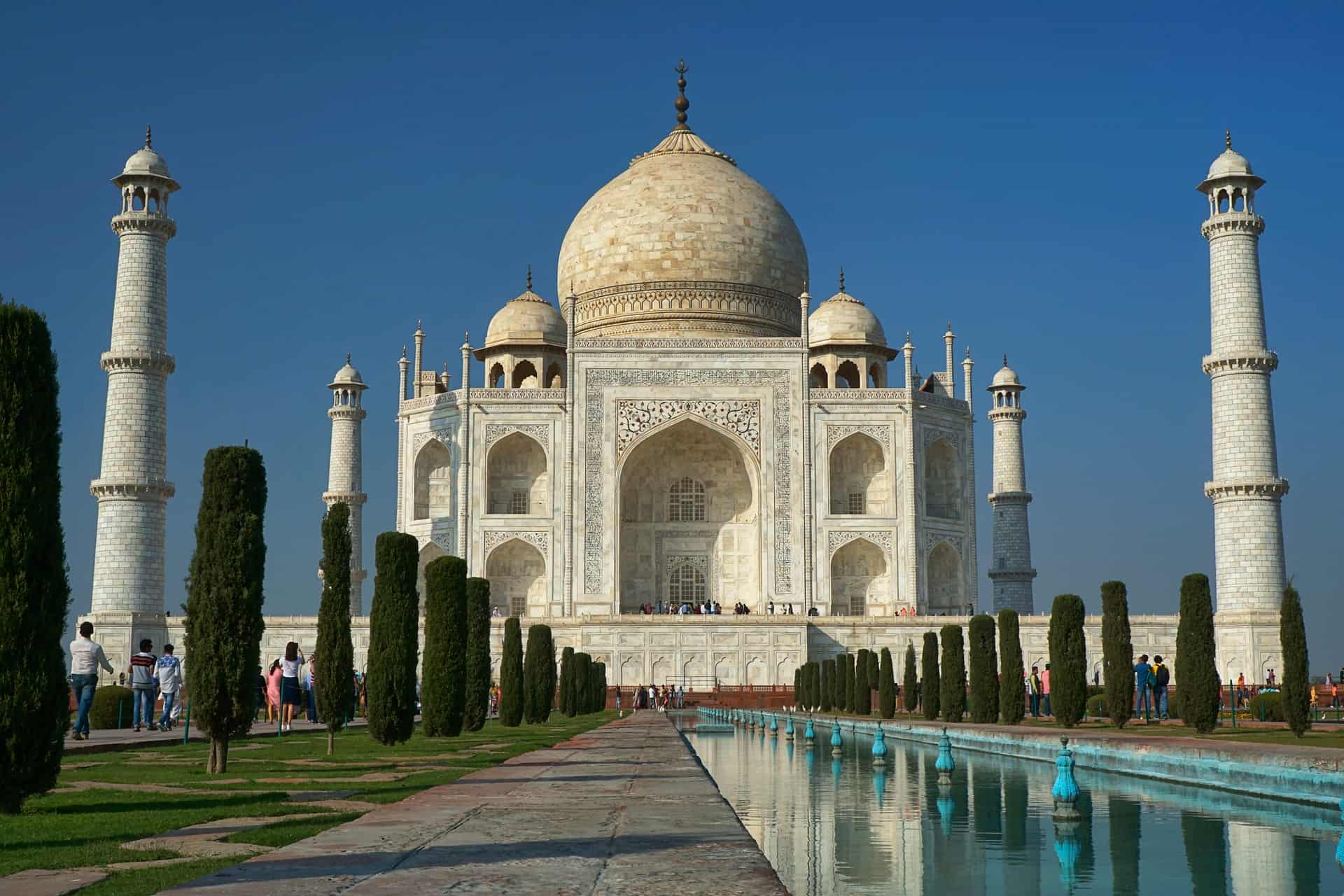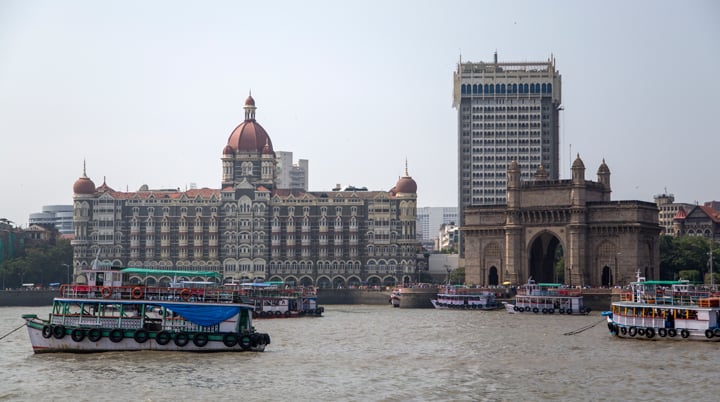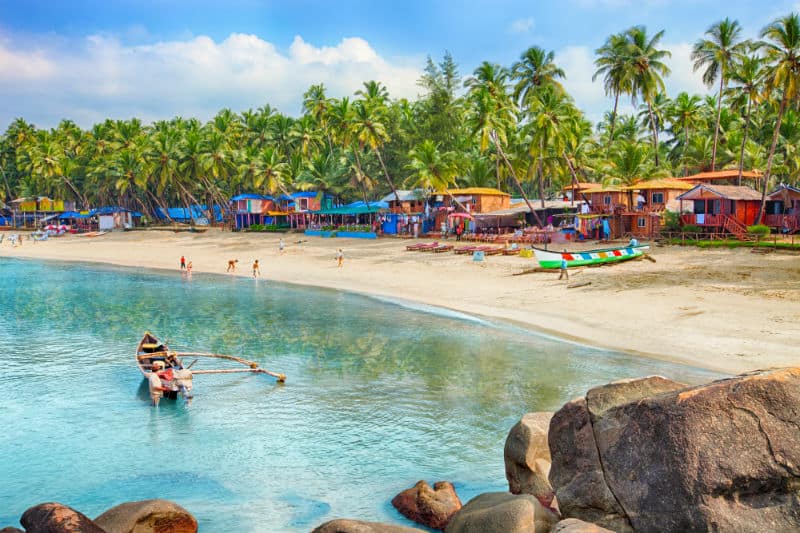
Gay India · Country Guide
Planning a trip to India? Then our gay India country guide can help you get started.
 India Gate, New Delhi
India Gate, New Delhi
India भारत
India is the seventh largest country in the world and, with over one billion people, second only to China in population. India is multi-ethnic, multi-lingual and multi-cultural and is extremely diverse in geography and climate.
The country prides itself as being the largest democracy in the world.
New Delhi
Delhi is the capital of India and home to the country's government. The city is one of the global leaders in arts, commerce, education, media, entertainment, finance, tourism and transport.
It is said to be one of the oldest existing cities in the world, dating back to over 5,000 years. New Delhi consists of five major districts: South Delhi, East Delhi, North Delhi, West Delhi and Central Delhi.
Agra
Perhaps India's most famous icon - The Taj Mahal - is found in a city that isn't as visited as New Delhi or Mumbai. Agra is in the state of Uttar Pradesh and is one of the country's most visited monuments. A mausoleum with an incredible love story behind it, The Taj Mahal, took over 20 years to build and was commissioned by the emperor Shah Jahan in memory of his favorite wife Mumtaz Mahal.
It's definitely worth a visit - if only to recreate the famous photo that Diana, Princess of Wales took in 1992 sitting alone on a bench.

Mumbai
Mumbai (earlier known as Bombay) is the largest city in India. It was originally a collection of seven islands which over time were joined to form the island city of Bombay. Its total metropolitan population is estimated to be over 20 million (2012), making it one of most populous cities in the world.
Mumbai is the commercial capital of India and also home to the country's largest slum population. It is the center of the influential Hindi film and TV industry, hence the term "Bollywood" (Bombay + Hollywood).
 Mumbai
Mumbai
Gay Rights in India
Homosexuality in India was decriminalised in 2009 but was overturned four years later in the Supreme Court. But in 2018, the law was once again overturned decriminalising gay sex. The age of consent for homosexual sex (both male and female) is 18. Same-sex marriage is illegal in India, and same-sex couples are neither prohibited or allowed to adopt children.
Gay Scene in India
In India, sexuality of any kind is rarely discussed in public, and homosexuality is viewed as a taboo subject. Because homophobia is still quite common in India, its gay scene is very limited and very hidden.
In recent years, however, attitudes towards homosexuality have changed somewhat. There have been more discussions and depictions of homosexuality in the Indian media and by Bollywood movie industry.
Metropolitan cities like Delhi, Mumbai and Bangalore have become the centre of the new Indian gay movement. Although there are not many exclusive gay bars and clubs at the moment, most upscale 'straight' venues in these cities have regular nights catered to gay clients.
 Palolem Beach, Goa
Palolem Beach, Goa
Language
India has 22 official languages, with Hindi being the main official language of the Union Government and the most commonly spoken, and English acting as a subsidiary official language.
There are also hundreds of other less prominent languages.
Weather
There are three seasons a year - summer, rainy season (or "monsoon") and winter. The North experiences some extremes of heat in summer and cold in winter.
November to January is the coolest time of the year, while April to May are the hottest months before the rainy season begins. There is also a brief spring period around February and March, particularly in North India.
Visa
Mosts tourists apply for a 6-month tourist visa. A special 10-year visa (business and tourist) is available to US citizens only. An Indian visa is valid from the day it is issued, not the date of entry.
A minimum two-month gap period is required between consecutive visits. The 6-month tourist visa allows a maximum duration of stay of 90 days per visit, depending on citizenship. Make sure to check maximum duration per visit with your embassy.
Citizens of Finland, Japan, New Zealand, Luxembourg, Singapore, Cambodia, Vietnam, Laos, Myanmar, Indonesia and Philippines may apply for a Tourist Visa On Arrival (TOVA) at the airports in Chennai, Mumbai, Delhi and Kolkata for a stay of up to 30 days.
The process can take some time (between 1-6 hours) once you've arrived at the airport.
Getting to India
Depending on your desired destination, major points of entry include Mumbai, Delhi, Bengaluru, Hyderabad and Chennai. The airports at these cities are either new or undergoing development.
There are many non-stop, direct & connecting flights to these cities from all over the world. For secondary points of entry to India, consider Goa, Kolkata or the Malabar coast.
Getting around in New Delhi
Traffic in Delhi is highly congested, and many drivers will try to rip off tourists. The best way to get around is by the metro which is efficient and clean. You can go to almost anywhere in the city by metro.
Buses are cheap but rather crowded most of the time. There's also a 'hop on hop off' bus service with pre-defined set of stops around the city.
Another reliable means of transport is the taxi or hired car, while auto rickshaws or tuk-tuks are good for shorter trips, as are the cheaper cycle rickshaws.
Read More: Gay New Delhi city guide.
Getting around in Mumbai
Most people in Mumbai use public transport due to limited parking spaces, heavy traffic and poor road conditions. Taxis are cheap and can easily be found inside the city limits. Most taxis are not air-conditioned, and some are quite dirty and carry meters that don't work.
If you want a more comfortable, air-conditioned ride, it's better to hire private taxis that operate at government-approved tariffs with well-trained drivers.
The cheaper auto rickshaws are allowed only in the suburbs. They are slow and not recommended for long distances. Buses provide comprehensive services connecting all places of the city and the suburbs, but they are almost always full.
There is also an extensive train network, with three lines. Avoid using local trains during rush hour and economy-class as it is extremely crowded. The Mumbai metro is currently under construction and is due to be completed soon.
Read More: Gay Mumbai city guide.
Money
The Indian currency is rupee (INR). ATM's are available in most large towns and cities in India. However, carrying cash or travelers cheques as backup is advisable.
Major currencies such as US dollars, UK pounds and euros are easy to change though some banks accept travelers cheques only (your passport required).
Electricity
230V/50Hz, Indian (Old British)/European plugs
Useful Links
Indjapink - gay travel company offering customised gay travel solutions to India.
Pink Pages - India's national gay & lesbian gay magazine.
Join the Travel Gay Newsletter
Have we got something wrong?
Are we missing a new venue or has a business closed? Or has something changed and we have not yet updated our pages? Please use this form to let us know. We really appreciate your feedback.